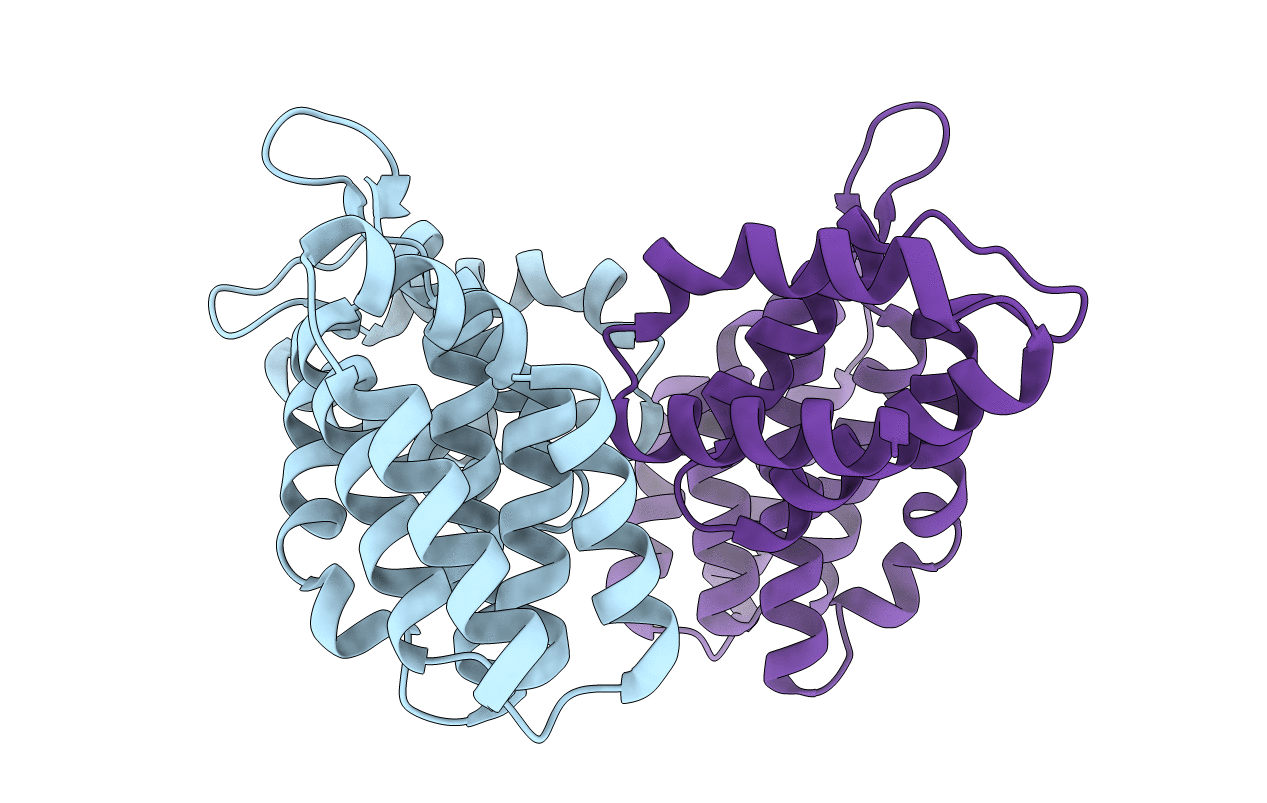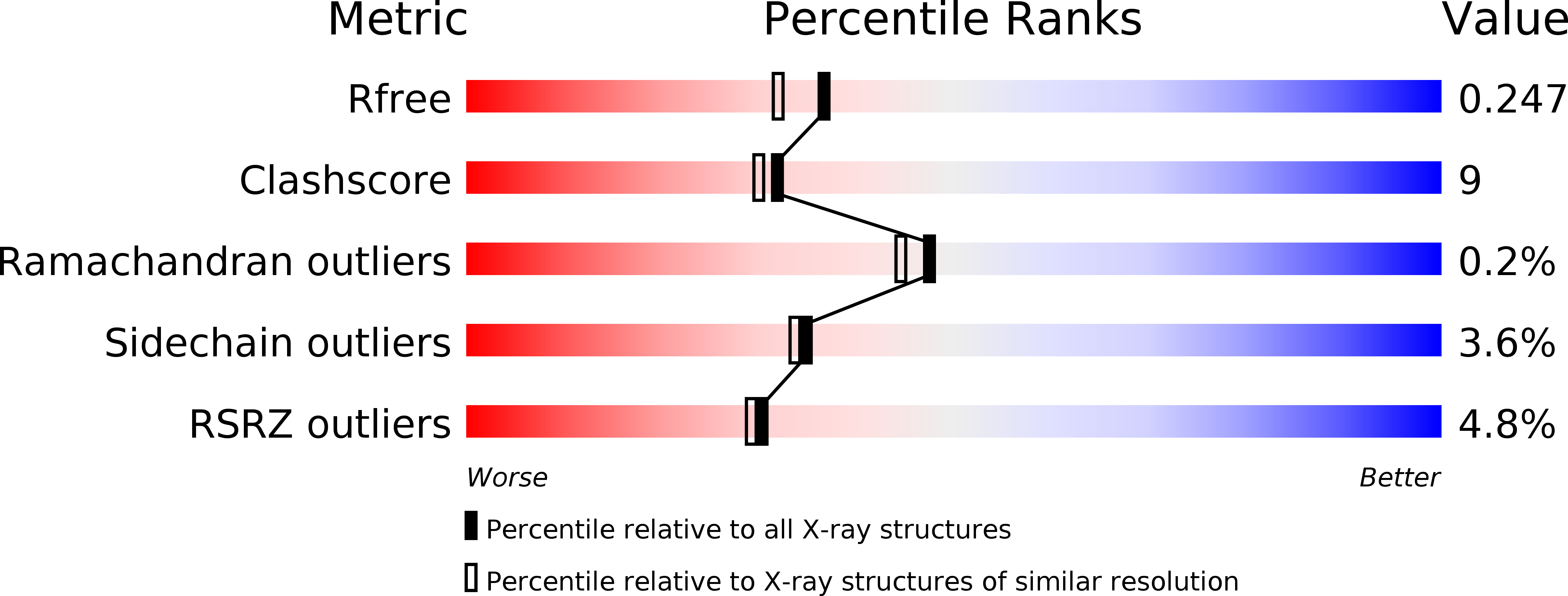
Deposition Date
2011-04-17
Release Date
2011-05-18
Last Version Date
2024-02-28
Entry Detail
PDB ID:
3RK6
Keywords:
Title:
Crystal structure of the middle domain of human Paip1
Biological Source:
Source Organism:
Homo sapiens (Taxon ID: 9606)
Host Organism:
Method Details:
Experimental Method:
Resolution:
2.00 Å
R-Value Free:
0.24
R-Value Work:
0.18
R-Value Observed:
0.19
Space Group:
P 1 21 1


